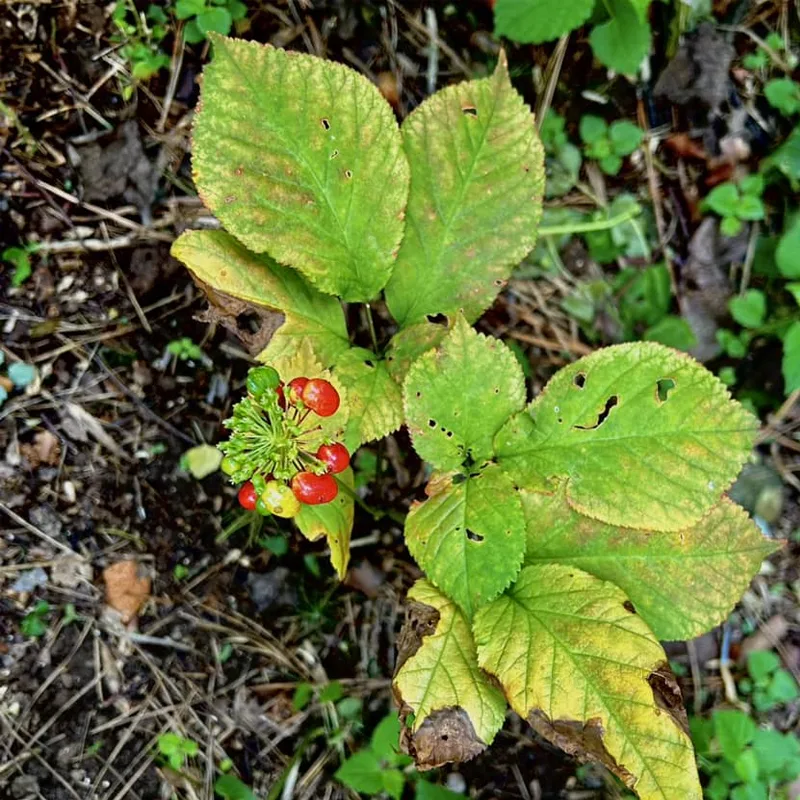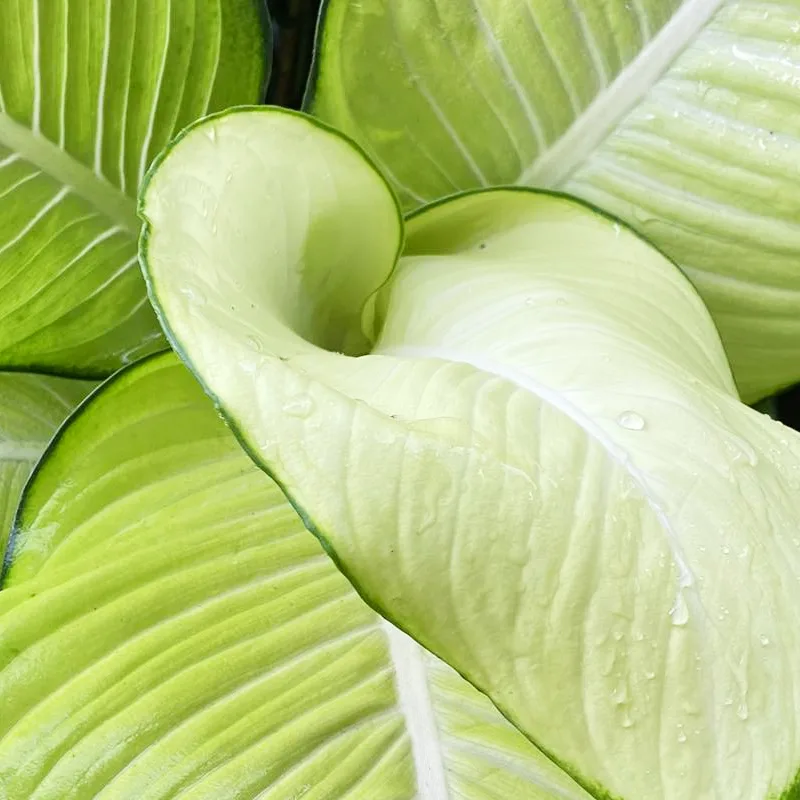Exploring the Tetracarpaeaceae Family: A Deep Dive into the Tetracarpaea Genus
The Tetracarpaeaceae family, though lesser-known, has always intrigued me. It’s a small, unique family within the order Saxifragales, with only one genus, Tetracarpaea. When exploring plant families, the sheer diversity and distinctiveness within smaller groups like this one often surprise me. So, let’s delve deeper into this fascinating plant family and its sole representative genus.
Understanding the Tetracarpaeaceae Family
The Tetracarpaeaceae family is a monogeneric family, which means it contains just one genus—Tetracarpaea. This family is part of the Saxifragales order, known for its unique floral structures and ecological adaptability. Despite being small, the Tetracarpaeaceae holds its own with some distinctive features that set it apart from other families within the order.
The Singular Genus: Tetracarpaea
The genus Tetracarpaea is the exclusive member of the Tetracarpaeaceae family. This genus is endemic to southern South America, specifically Chile. The species within this genus, Tetracarpaea tasmannica, is quite rare and exhibits a distinct charm. It is a shrub that thrives in moist, temperate forests, a habitat that contributes to its unique physiological and morphological characteristics.
Key Characteristics of Tetracarpaea
The most notable feature of Tetracarpaea is its reproductive structure. The genus name itself hints at one of its defining characteristics: “tetra” means four, and “carpaea” refers to fruits. The plant produces small, four-chambered fruits, which is a unique trait among members of Saxifragales. The flowers of Tetracarpaea are small, often white or yellowish, and are arranged in inflorescences, giving the plant a delicate appearance. The leaves are another point of interest—they are simple, ovate, and exhibit a glossy texture, which adds to the plant’s aesthetic appeal.
Ecological and Horticultural Relevance
From an ecological perspective, Tetracarpaea plays a role in its native habitats by contributing to the biodiversity and stability of the forest ecosystems. It often grows alongside other temperate forest species, forming part of the understory vegetation. While it’s not a significant food source, its presence indicates a healthy, undisturbed habitat.
In horticulture, Tetracarpaea tasmannica is not commonly cultivated, primarily due to its specific growing requirements. However, for those interested in rare and unique plants, cultivating this shrub can be an exciting challenge. It requires a cool, moist environment with well-drained soil, similar to its native habitat in Chilean forests. Successfully growing Tetracarpaea can be a testament to one’s horticultural skills, as it needs precise conditions and care.
The Taxonomic Position of Tetracarpaeaceae
The placement of the Tetracarpaeaceae family within the plant kingdom has been subject to research and debate. It was originally considered part of the Saxifragaceae family but was later separated due to its unique characteristics, particularly its fruit structure and molecular data. This taxonomic reclassification highlights the importance of detailed morphological and genetic studies in understanding plant relationships.
Challenges and Conservation
Being endemic to a limited region, Tetracarpaea tasmannica faces threats from habitat destruction and climate change. The narrow range of this genus makes it vulnerable to environmental changes, and conservation efforts are essential to ensure its survival. Protecting its natural habitat in Chile is crucial, as the plant’s survival is closely linked to the ecosystem’s health.
Conservationists and botanists have recognized the need to study and protect Tetracarpaea, not just for its ecological value but also for its role in understanding plant evolution and diversity within Saxifragales. Efforts to cultivate it outside its native habitat, although challenging, are also being explored as a way to preserve this unique species.
Final Thoughts on Tetracarpaeaceae
Exploring the Tetracarpaeaceae family and its single genus, Tetracarpaea, has been a fascinating journey. This small but significant family illustrates the incredible diversity within the plant kingdom. While it may not be as well-known as other plant families, its unique characteristics and ecological role make it a subject worth studying and preserving.
For plant enthusiasts like myself, understanding families like Tetracarpaeaceae is not just about adding another name to the list but appreciating the complex web of life that each species contributes to. Whether you’re an avid botanist or a curious gardener, I encourage you to delve into the lesser-known corners of the plant world—you never know what unique treasures you might find.
If i die, water my plants!



